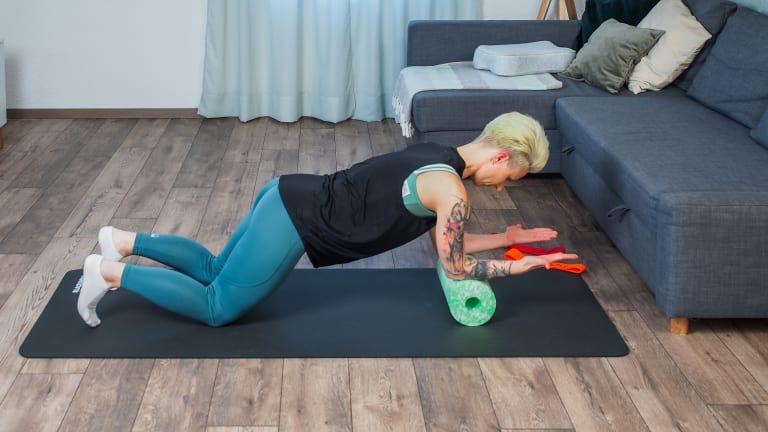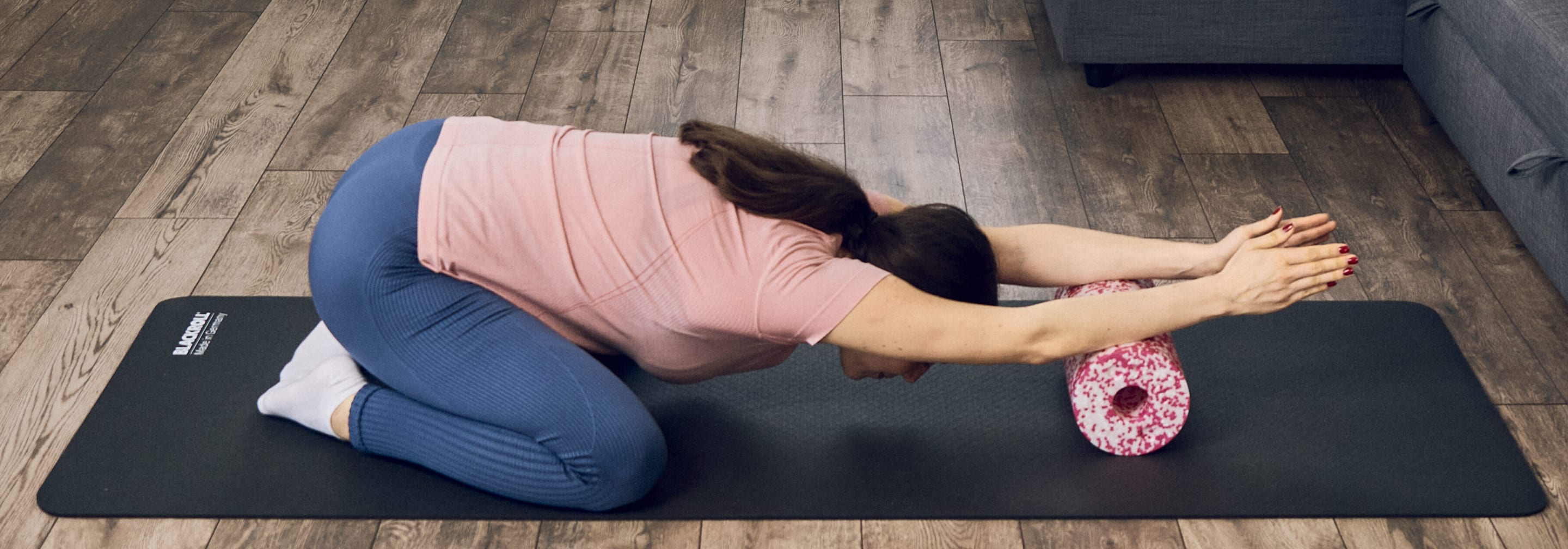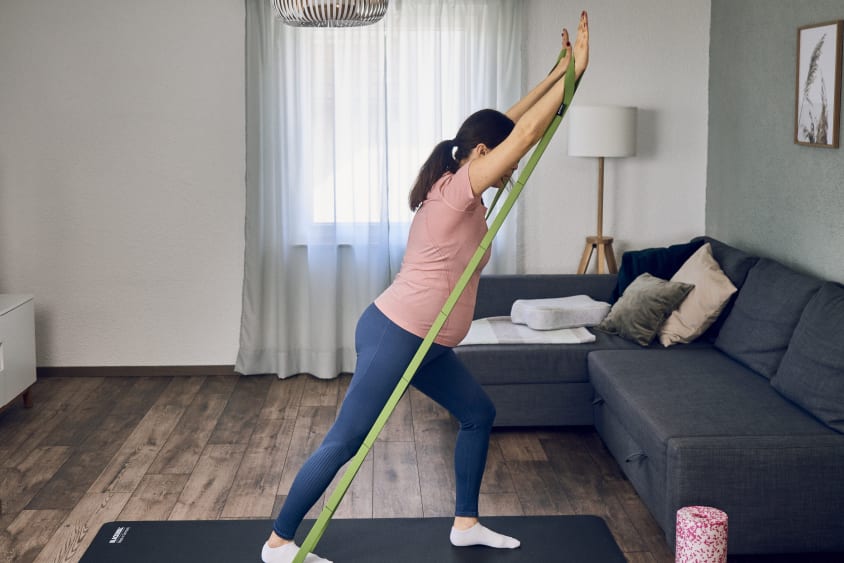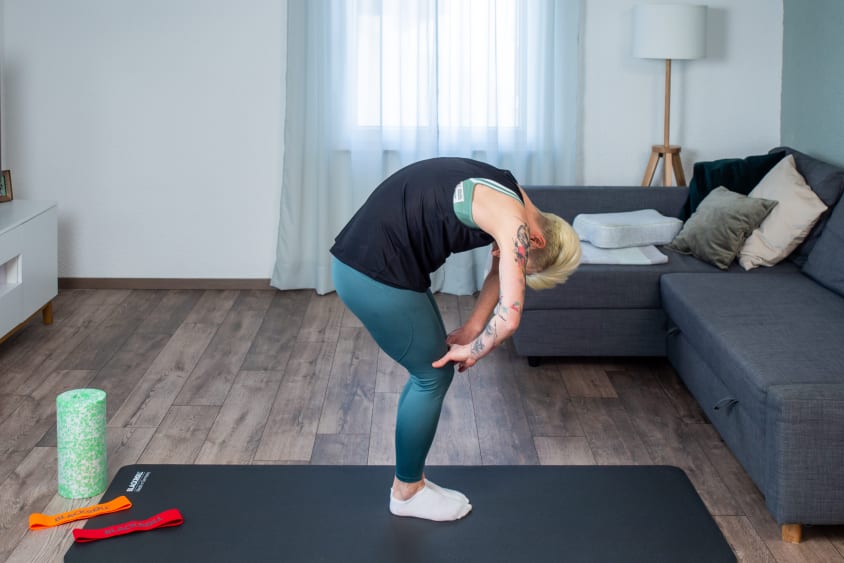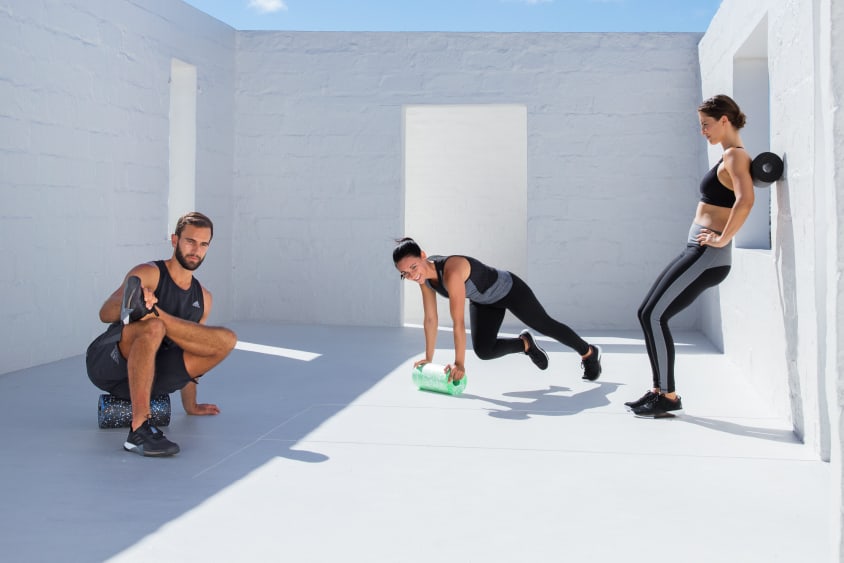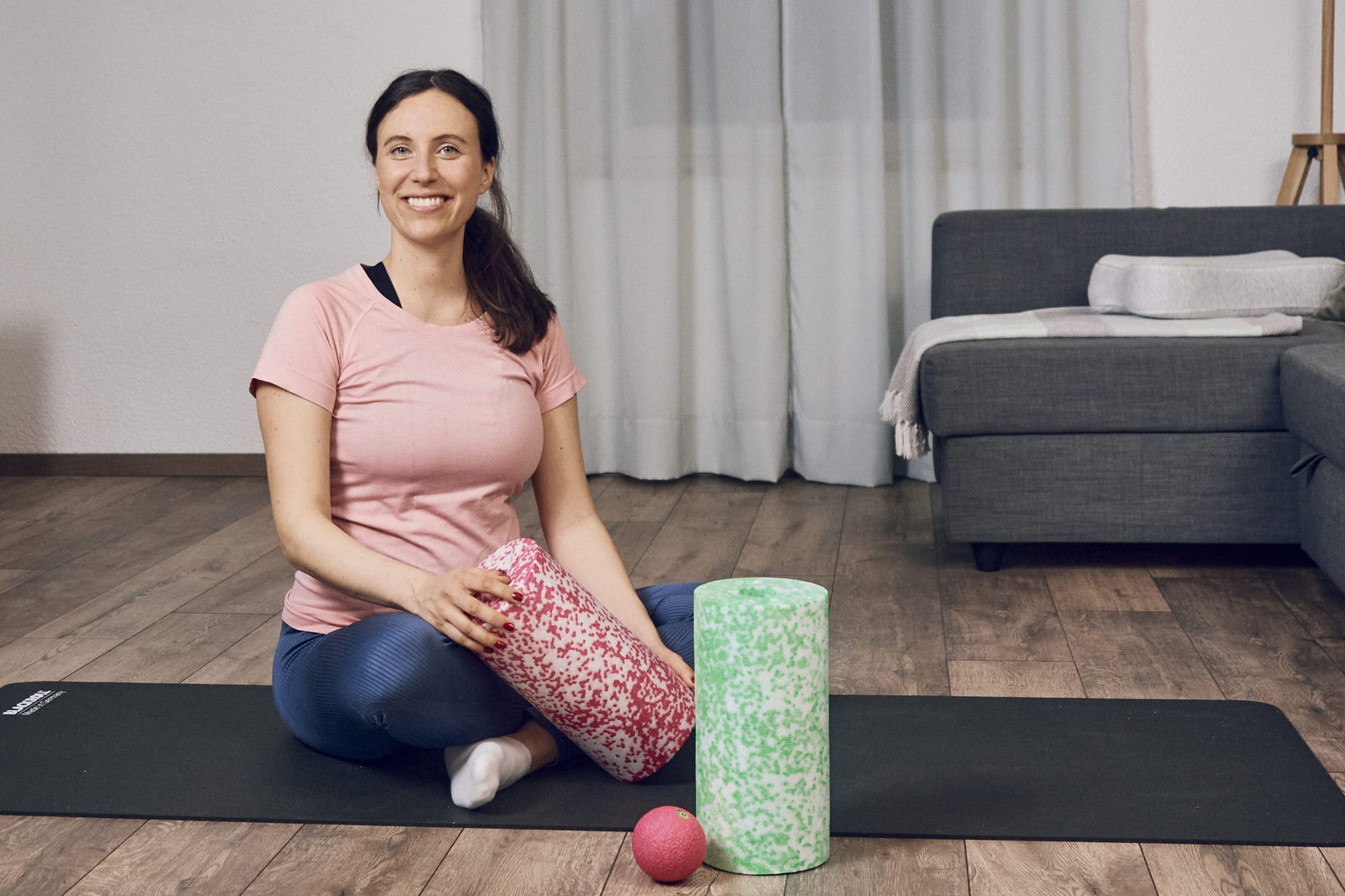
Fascia training during pregnancy

Whether and how you are permitted to use a foam roller during pregnancy.
You love getting yourself moving and consider the foam roller a genuine partner when it comes to regeneration and myofascial self-massage? During pregnancy the body changes, and the lack of certainty as to which fascia techniques you can preform without any concern only grows.
According to a study (P. Kristiansson, K. Svärdsudd, B. Von Schoultz) with 200 pregnant women, 76% of those surveyed stated that they had experienced back pain at a certain time during the pregnancy. One option in such cases is foam rolling.
In the following article you will find out why fascia training with the BLACKROLL® can help alleviate pain and relieve strain during your pregnancy, and which contraindications must be taken into account.
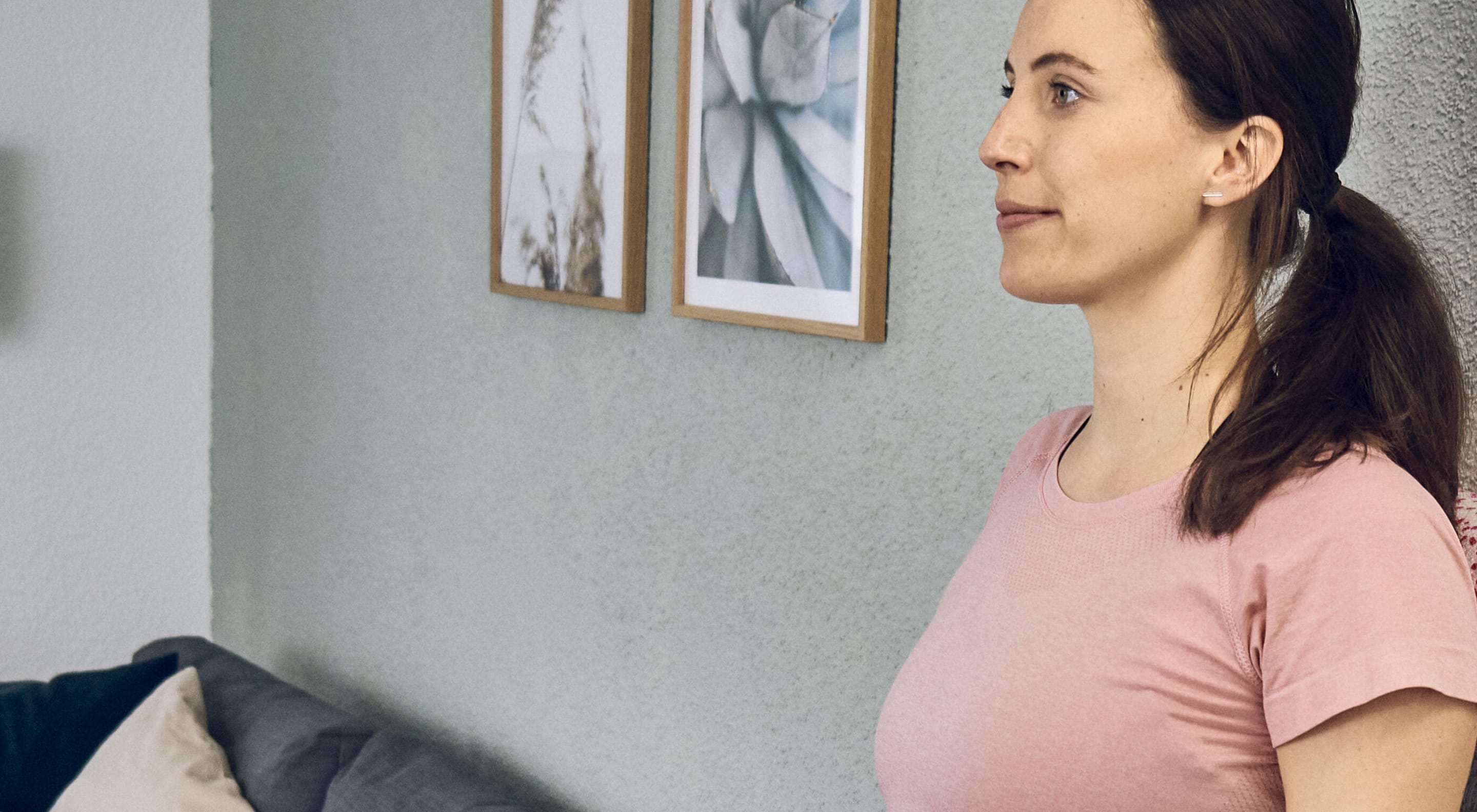
The foam roller used correctly – do something good for your body & mind pregnancy
Relieve tension in the shoudlers & neck
As a result of the shifting of the centre of gravity during pregnancy, muscular imbalances occur, which result in an imbalance in the muscular and fascial tension throughout the entire body. Gentle fascia training for the shoulder girdle and neck area relieve fascial adhesions, whereby the circulation and the supply of nutrients to the muscles is improved, meaning you can relax once again. The pressure-adjusted relief of tense neck muscles can contribute to a reduction of headaches and migraines.
Avoid hands from going to sleep
Primarily towards the end of the pregnancy, an increasing number of women suffer from water retention (oedemas). This water retention results in tension in the musculofascial area (muscle and connective tissue), which can cause symptoms such as tense neck muscles, or swellings in the arms and legs. This frequently results in carpel tunnel syndrome (a compression syndrome in the hand), whereby many women have to deal with their fingers going to sleep. Therefore, towards the end of the pregnancy, fascia training with the foam roller on the shoulder and arm muscles are particularly highly recommended, with a view to improving the backflow of the lymph and blood, and to reduce oedemas.
Breathe more deeply
During fascia training (not just duringpregnancy) you must be sure to breathe deeply and calmly. This provides you and your baby with more oxygen, and you also activate your most important breathing musclel – the diaphragm.
Deep breathing provides relaxation, and you also stimulate the backflow of the venous blood and the lymphatic fluid to the heart. This has a positive effect on swelling in the arms and legs.
Techniques for the mobilisation of the spine
The foam roller is not only suitable for the self-massage of the tissue, but can also be used to facilitate exercises for the mobilisation of the spine, without applying any pressure to the fasciae. Here the roll supports your movement.
Good torso mobility alleviates muscular imbalances and strengthens an upright posture.
Relaxing the jaw muscles
Tension and emotional stress, naturally very common prior to childbirth, can, from day to day and especially at night, result in the increased activity of the muscles responsible for chewing. This can result in the cracking of the jaw when opening and closing the mouth, headaches, and tension in the chewing muscles, which can ultimately cause migraines. With the BLACKROLL® BALL or the BLACKROLL® TWISTER, or even the BLACKROLL® MICRO, these muscles can be put to use during a pregnancy, incredibly easily and without any cause for concern.
In these areas of the body, you can also use the BLACKROLL® foam roller during pregnancy without any cause for concern
- Hands
- Forearms
- Upper arms
- Shoulder girdle
- Jaw muscles
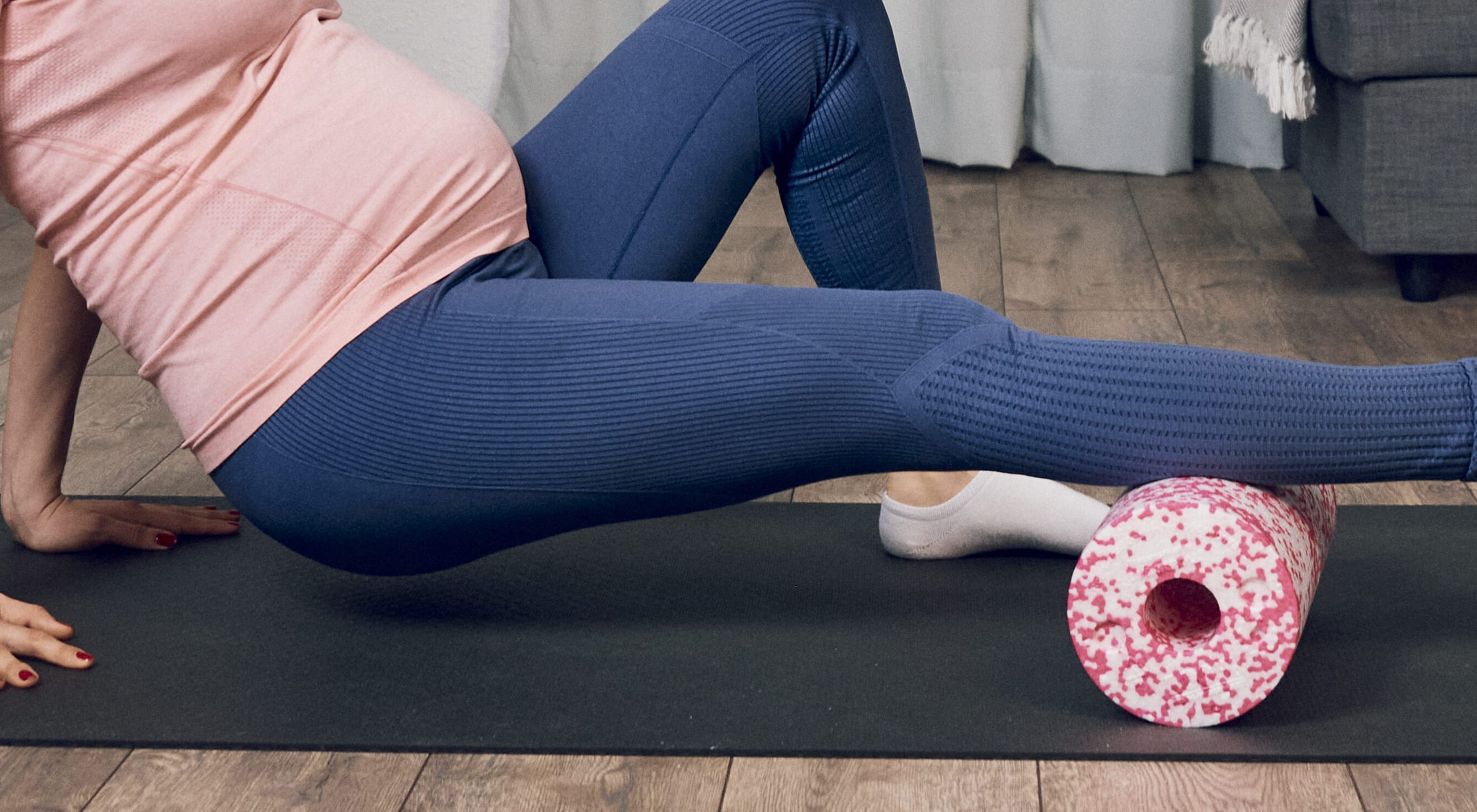
The following must be taken into account when practising fascia training during pregnancy
- Before you commence training, it is vital that you consult your specialist gynaecologist.
- Be sure to plan a moderate, pain-free training session
- Perform the myofascial self-massage slowly and for approx. 30 seconds/body region
- Be sure to breathe slowly and deeply
- In order to properly regulate the pressure on the tissue, we recommend training with the BLACKROLL® MED, which is 20% softer than the BLACKROLL® STANDARD
- For improved pressure control you can perform the training while standing against the wall.
Just as important as mobilisation with fascia training, is stabilisation with moderate strength training, in order to prevent pain and muscle weakness during the pregnancy. We have put together two pre-natal BLACKROLL® pregnancy workouts, in which you will find exercises for the stabilisation and strengthening of your back & shoulder girdle, as well as your torso & pelvic/leg muscles. You are best doing this 2-3 times per week. Fascia training for regeneration after your workout during pregnancy is of course also part of the routine.

Which body areas you should skip when practising fascia training during pregnancy
Your legs
Pregnancy alters the hormone situation in your body. Hormones such as oestrogen, progesterone, HCG (Human Chorionic Gonadotropin) and HPL (Human Placental Lactogen) result in increased water retention in the skin, which can cause tension in the fasciae. The hormone changes and the increased pressure on the pelvis on account of the growing baby result in a slowing of the blood flow, which influences blood clotting, and the vessels widen. In particular, the deep leg veins can be affected by this, and the risk of thrombosis (blood clots) increases. This is why you should avoid strong leg massage, so as to avoid the triggering of a potential blood clot.
Your feet
Acupuncture points, which find their origin in Traditional Chinese Medicine (TCM), are not to be underestimated when practising fascia training during pregnancy. There are 365 of these acupuncture points, each assigned to an organ or a region of the body. Regions of the urinary and reproductive systems are assigned to the soles of the feet and the calf muscles. To avoid premature and unwanted pain, you should leave out these areas.
Your pelvis and lower back
During pregnancy, the hormone changes also cause the pelvic ring to become softer, which can result in instability in this area, as well as symphysis loosening and back pain. Fascia techniques applied using the BLACKROLL® can increase mobility, which may lead to the onset/increasing of back pain.
If you are a high-risk pregnancy, e.g. premature pain, prior problematic pregnancies, or suffer from general conditions such as epilepsy, diabetes, or high blood pressure, you should forego training with the roll.
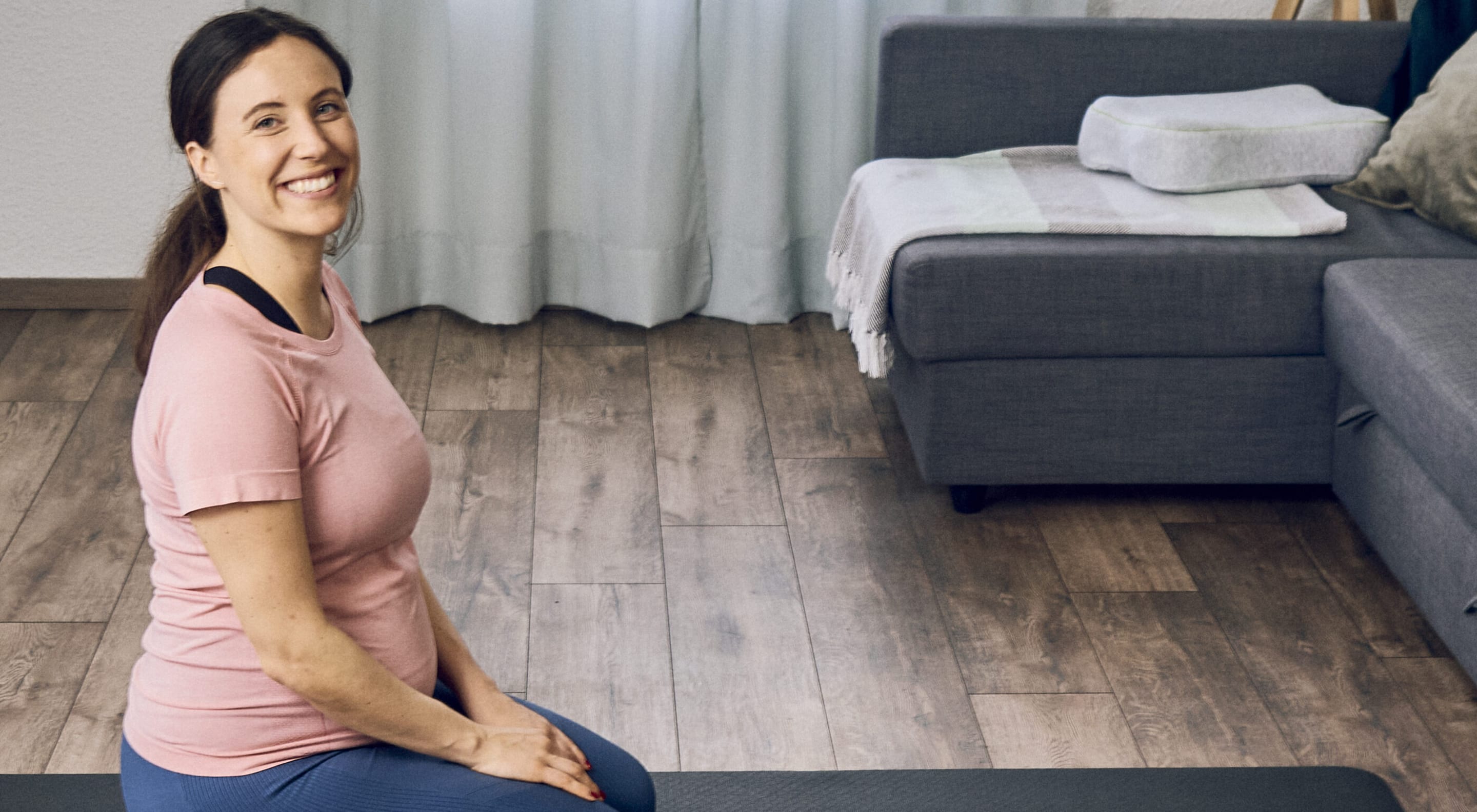
Conclusion Fascia training in pregnancy
Even in pregnancy, gentle rolling with the BLACKROLL® foam roller has a positive effect on muscular imbalance and contributes to relaxation and relief. In addition, the foam roller provides optimal support for mobilising exercises, without applying any pressure to the tissue.




